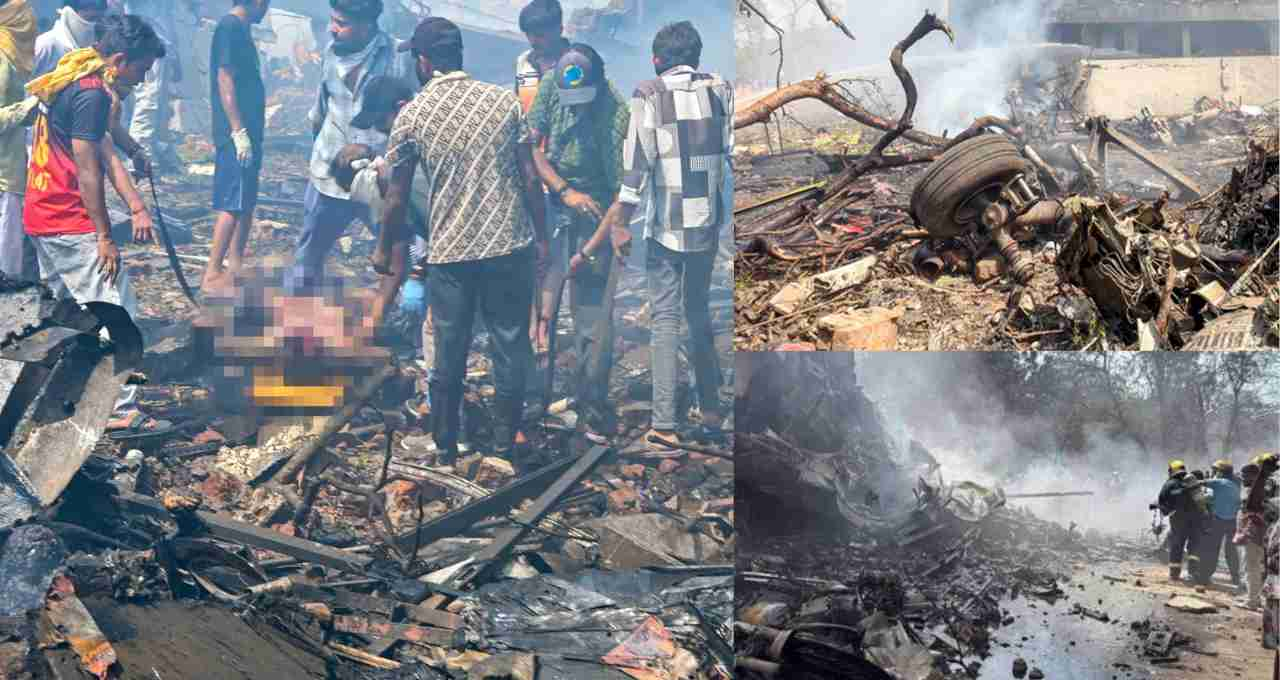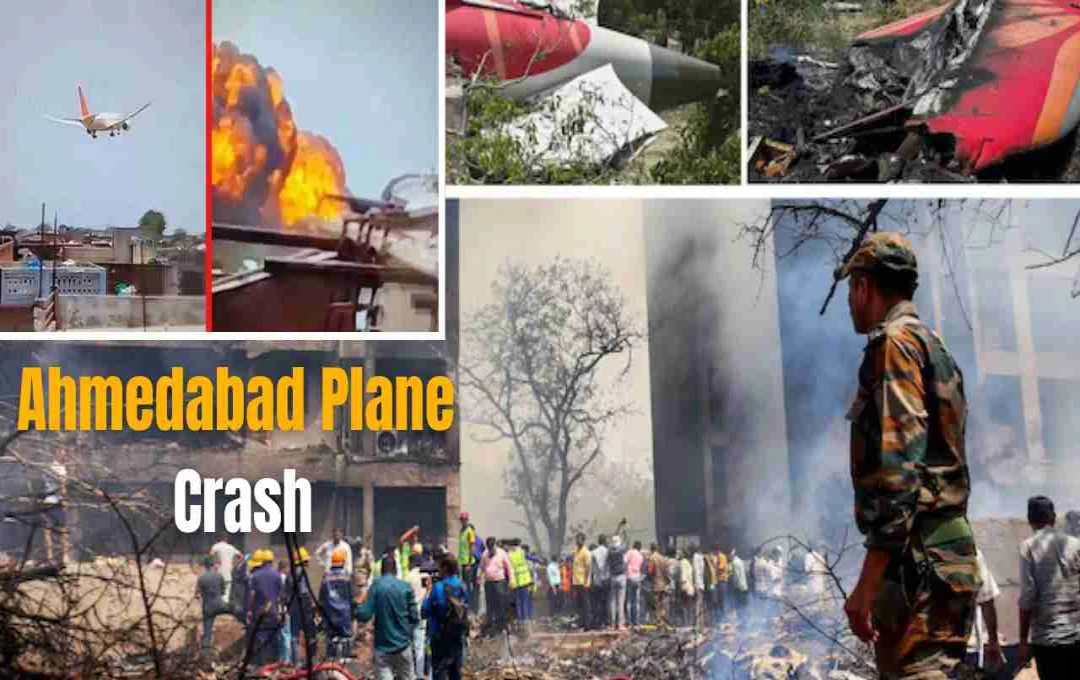White-out conditions, heavy weight, and incorrect takeoff settings—such as flaps, thrust, and landing gear—caused the Ahmedabad AI-171 Boeing 787-8 to fail to take off. It crashed at an altitude of 825 feet. Human configuration error is considered the primary cause.
Ahmedabad Plane Crash: On June 12, 2025, Air India flight AI171 (Boeing 787-8 Dreamliner, registration VT-ANB), en route from Ahmedabad to London, crashed minutes after takeoff. The accident occurred in a densely populated area near Meghaninagar, resulting in over 300 fatalities. This proved to be the deadliest aviation accident in Indian history.
What is a Configuration Error?
During takeoff, an aircraft requires several specific settings, including flaps, thrust, rotation speed, and gear settings. An error in any of these settings is termed a 'configuration error'.
For example:
- Flaps not at the correct angle
- Insufficient thrust (engine power)
- Premature or delayed rotation
- Landing gear not retracted after takeoff
These seemingly minor errors can lead to takeoff failure, especially in conditions such as hot weather and heavy weight.
Ahmedabad's Heat and Conditions Exacerbated the Disaster

At the time of the accident, Ahmedabad's temperature was 43°C. At this temperature, the air is less dense, providing insufficient lift to the aircraft. Precise flap and thrust settings are crucial for takeoff in such conditions. The aircraft was fully fueled for its flight to London, weighing approximately 227 tons—near the Boeing 787's maximum capacity.
Was There a Takeoff Malfunction?
The investigation revealed that the aircraft reached only 825 feet altitude at a speed of 174 knots (approximately 320 km/h). However, at this weight, a 787 requires a speed of at least 200-250 knots. Pre-crash video footage showed the landing gear was still down, clearly indicating the necessary climb after takeoff did not commence.
Strong Suspicion of Flaps and Thrust Malfunction
Insufficient flap deployment (e.g., Flaps 0) would result in inadequate lift. Conversely, excessive flap deployment (e.g., Flaps 20) increases drag, hindering speed development. Flap selection is particularly critical in hot locations like Ahmedabad.
A deficiency in thrust is also suspected. The pilots may have inadvertently selected derated thrust, or incorrect data may have been entered into the Flight Management System (FMS). This would result in reduced engine power, causing the aircraft to stall before achieving sufficient lift.
Premature Rotation?

Rotation is the process of raising the aircraft's nose to achieve lift, occurring at a designated speed (Vr). If the pilots initiated rotation prematurely, the aircraft may not have reached sufficient speed to maintain lift, potentially leading to a stall.
Why Was the Landing Gear Not Retracted?
The investigation revealed that the landing gear remained extended during the accident. This could have been an oversight or a deliberate action by the pilots due to an emergency situation. The increased drag from the extended gear prevented the aircraft from gaining altitude.
Crew Resource Management (CRM) Failure?
CRM encompasses coordination, communication, and cross-checking between the pilots. If the captain made an error and the co-pilot failed to intervene, it is considered a significant lapse. Inexperienced or junior pilots sometimes hesitate to challenge seniors, which can be dangerous.
Over-reliance on Automation?
Modern aircraft like the Boeing 787 rely heavily on automated systems such as the FMS. However, incorrect input (e.g., weight or temperature) can lead to flawed output. Time constraints may sometimes prevent pilots from double-checking this data, resulting in serious errors.
The 43°C heat could have increased the pilots' physical and mental stress. Extended duty hours, dehydration, and time pressure can affect decision-making. Although the pilots were experienced, even minor errors can have catastrophic consequences.














